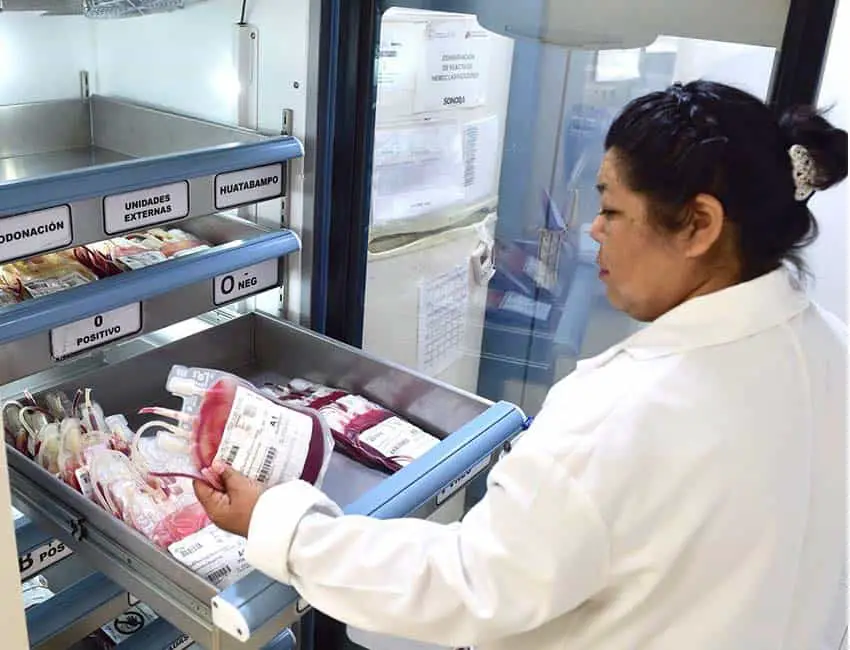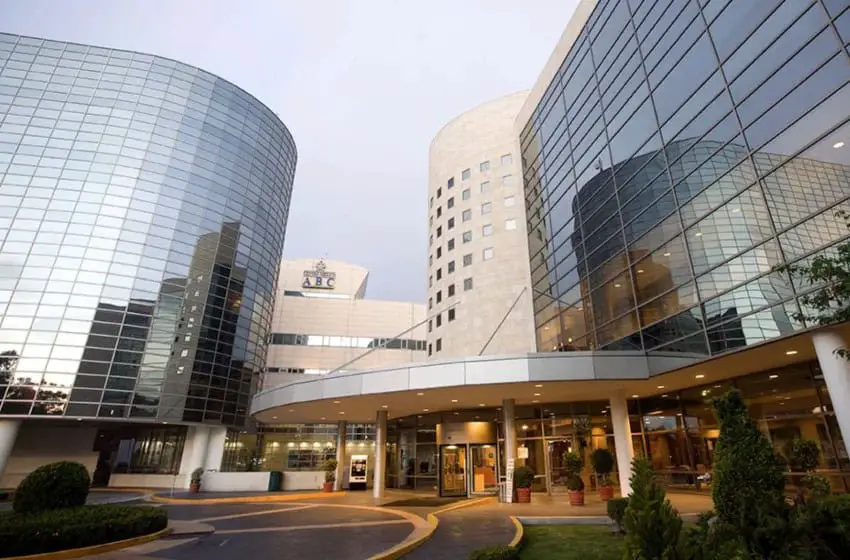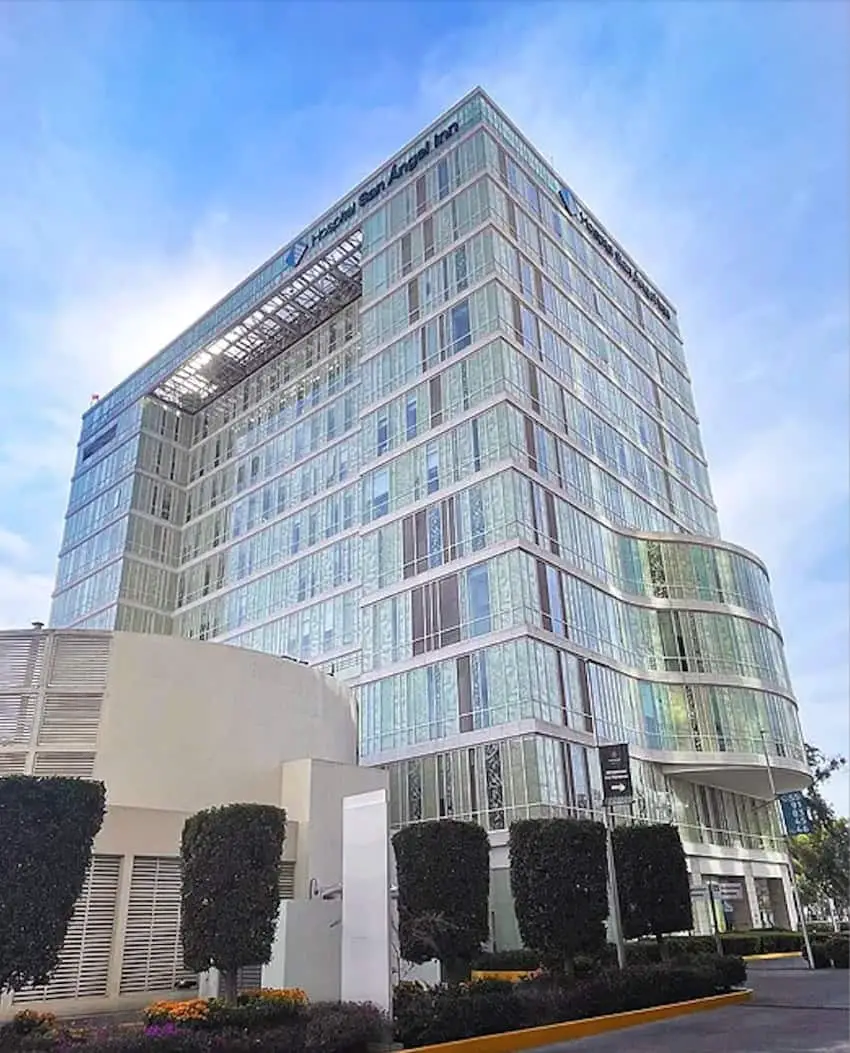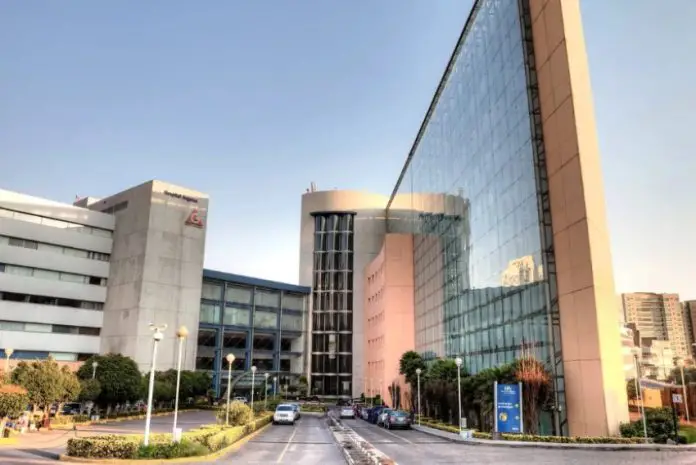What makes a good hospital? In dealing with human vulnerability, healthcare services are one of the most delicate and important parts of our lives. In this sense, a hospital’s philosophy, care style, technology, accessibility and cleanliness, to name a few factors, are crucial in their capacity to provide good service.
In Mexico, there are at least two significant rankings that focus on the quality of hospitals. One is compiled by Newsweek in collaboration with market and opinion research company Statista, based on parameters such as hygiene, doctor-patient ratios and user opinions. The other is a collaboration between the Mexican Health Foundation (Funsalud), which represents health industry interests, and consulting firm Blutitude, along with news outlet Expansion.

Based on these studies as well as Google user ratings, we present the best hospitals in Mexico City, taking into account aspects such as specialties, technology and upgrades.
Hospital Médica Sur
Located in one of Mexico City’s most renowned medical districts, this hospital is a classic in the city. Founded 43 years ago, Médica Sur was the Mayo Clinic’s first partner outside of the United States and is the only one of its kind in Mexico. The hospital’s facilities are spread out across three towers with beautiful lighting.
One of Médica Sur’s advantages is that it accepts most major medical insurance plans and offers discounts on parking and meals for those who enter through an insurance company. The hospital rooms are similar to private suites, and if you don’t want to pay for an additional room, a companion can access a free sofa bed.

For foreigners or those visiting Mexico for medical reasons, the hospital has a Department of International Medicine that provides support, transportation services and even accommodations in a hotel. Additionally, the hospital houses highly specialized clinics and offers a robotic surgery program.
IMSS – Centro Médico Nacional Siglo XXI
Siglo XXI is one of the most historic and influential institutions in Mexican medicine. Located next to the Centro Médico Metro station in Roma Sur, its facilities are adorned with beautiful murals and artwork by the renowned David Alfaro Siqueiros.
This medical center receives patients from all over Mexico who require specialized care for complex diseases, such as cancer, and has served 12 million people. The complex’s Specialties Hospital is 60 years old and holds the rank of High Specialty Medical Unit (UMAE).
Siglo XXI is known for the quality of its staff and its specialization in areas such as oncology, cardiology and pediatrics. Known for its excellence and vast facilities, it also offers libraries, computer areas, cafeterias, restaurants, banks and an Oxxo.

Centro Médico ABC Campus Santa Fe
Also known as the American British Cowdray Medical Center, it was the first hospital in Mexico to achieve Magnet status, a prestigious recognition from the American Nurses Credentialing Center. ABC, whose main campus is located in Santa Fe, is known for its highly specialized centers and its emphasis on preventive medicine programs.
ABC’s facilities include insurance modules, bank branches and restaurants. Its technology is first class, and one of its unique features is a robot that will guide you to the office or area of the hospital that you need.

IMSS – Centro Médico Nacional La Raza
Located in the neighborhood of the same name in Azcapotzalco, this medical complex is characterized by its highly specialized units that offer medical procedures exclusive to this center: its heart transplantation program, for example, has become the most successful and productive in the country and Latin America. The research and pioneering work in Mexican medicine conducted here make La Raza an extremely important institution.
Among its advantages, La Raza is the only hospital in the country with a Clinical Toxicology Department and the only one with a Corneal Tissue Bank. Additionally, it offers 47 specialties and is a pioneer and leader in the treatment of rare diseases, such as spinal dystrophy, with multidisciplinary care from various specialties. The facilities offer state-of-the-art technology and house murals of historic value by renowned Mexican artists David Alfaro Siqueiros and Diego Rivera.

Hospital San Ángel Inn
This five-campus hospital network is known for offering “surgical packages” for procedures such as general surgery, laparoscopy, obstetrics and gynecology and oncology, among many others. In addition, they run promotions each year for services such as ultrasounds, cardiac physiology assessments, endoscopies and CT and MRI scans.
This hospital network offers 50 specialties and is also known for its advanced technology used in its surgical, imaging, intensive care, emergency and inpatient departments and the modernness of its facilities. It offers first-class facilities, highly sanitized, modern and first-class technological equipment, in addition to comfortable bedrooms.

Hospitales Ángeles
The network is known for its surgical specialties, which include cardiovascular, plastic and reconstructive surgery, as well as pediatric specialties such as neonatology, pediatric oncology and pediatric surgery. Of the 27 Ángeles hospitals nationwide, 10 are located in Mexico City.
The network stands out as one of the few facilities with robotic surgery centers and is famous for its Mexican Institute of Neurosciences, located at the Hospital Ángeles de las Lomas. This hospital is a place of excellence worldwide with great neurologists and psychiatrists. With state-of-the-art technology and modern installations, its rooms are very pleasant and full of light.
Hospital Español de México

With historical roots dating back to 1842, this hospital in Polanco was originally established to help “truly needy” Spaniards. It has high-quality certifications and employs doctors with distinguished careers. The Hospital Español offers services ranging from a maternity ward to a nursing home for the elderly. With nearly 500 beds, it is one of the largest hospitals in Mexico. There is also ample space for visitors, who can request a room or stay in the patient’s room.
Ana Paula de la Torre is a Mexican journalist and collaborator for various outlets including Milenio, Animal Político, Vice, Newsweek en Español, Televisa and Mexico News Daily.
